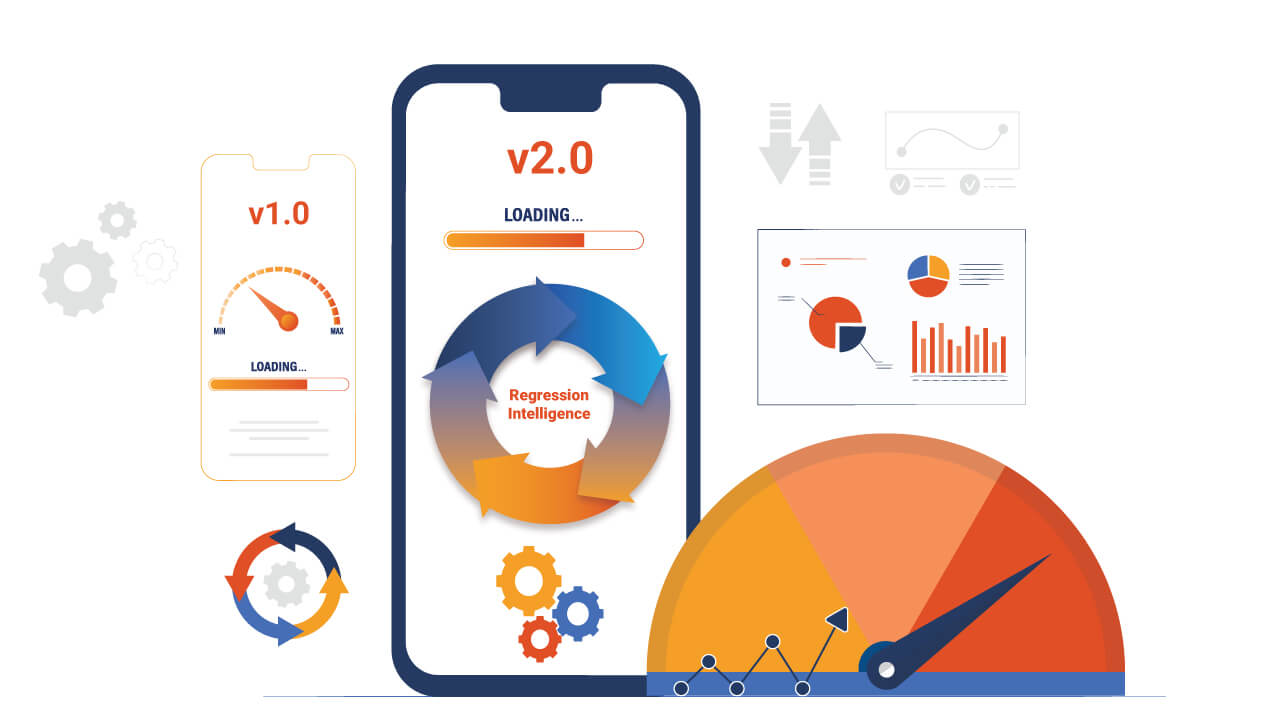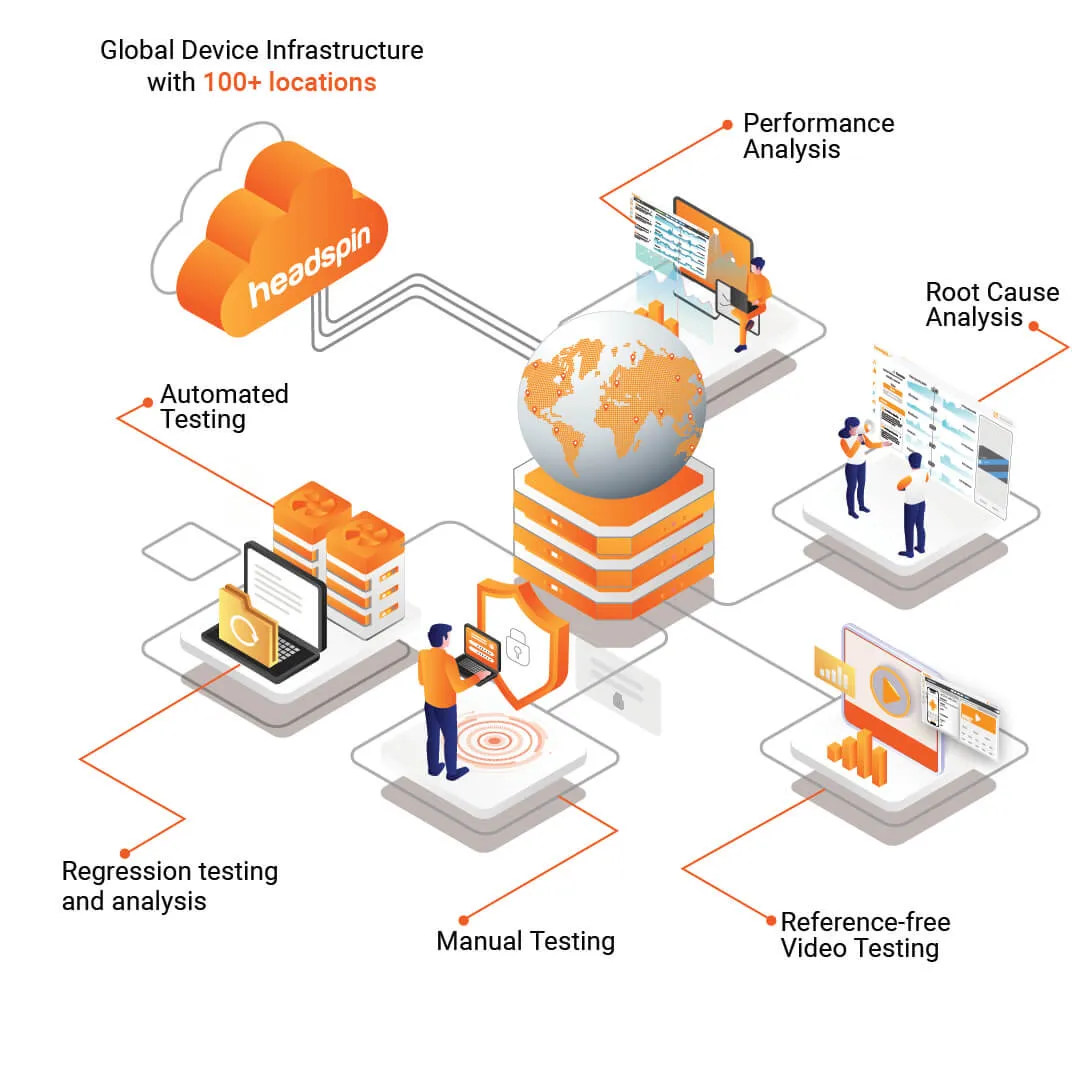Enterprise software solutions like Salesforce or Microsoft Dynamics 365 are critical to business operations. While these platforms are primarily accessed via desktop web browsers, the modern workforce frequently needs quick, on-the-go data access and the ability to perform light tasks remotely. That’s where companion apps come in.
Companion apps for enterprise systems enable users to check dashboards, review analytics, or make minor workflow updates directly from their mobile devices. Although they may not be as feature-rich or visually intricate as consumer-facing apps (like Amazon), they serve a pivotal purpose: timely access to critical business data and actions.
Understanding the Need for Companion Apps
Most enterprise tasks are done on desktops or laptops. However, when a user needs to view an up-to-date sales dashboard from his phone, check service tickets while traveling, or approve workflows when away from the office, companion apps help.
These scenarios require speedy access to data and minimal input from the end user. Companion apps fill this gap by offering a streamlined interface focused on key functionality rather than an exhaustive feature set.
Read: Achieving Exceptional Software Delivery with Future-proof Testing
How Companion Apps Differ from Consumer Apps
A typical consumer app—say, an e-commerce platform like Amazon—needs to prioritize:
- Pixel-perfect designs.
- Robust performance metrics (page load speed, image rendering, etc.) with large-scale user traffic.
- Comprehensive testing of purchase flows, payment integrations, user reviews, and more.
Enterprise companion apps differ in a few key ways:
- Simplicity: Their primary goal is to display accurate data from the main enterprise system and allow quick interactions or updates. They don’t require extensive product catalogs, personalized recommendations, or marketing-driven features.
- Performance: While consumer apps focus on user engagement and brand experience, enterprise apps prioritize speed and uptime. Users typically do not tolerate delays or buffering since their tasks are often time-sensitive.
- Customization and Role-Based Access: Enterprise apps often have role-based user access (e.g., admin vs. regular user) and custom data views. These security and access control features differ from the broader security approaches found in consumer apps.
Also read: Strategies For Enterprise Test Automation
Key Areas of Companion App Testing in Enterprise Software
Functional Testing
Functionality is the top priority. Since the app’s core job is to fetch and display data, testers should ensure these functionalities:
- Verify that data displayed on the app mirrors data on the main enterprise platform. For instance, if a new record is created on the desktop, it should appear correctly in the mobile companion app.
- Ensure that commonly performed tasks like approving requests or updating records are straightforward and seamless.
- Ensure the app functions well on Android and iOS.
- Check how long it takes for the changes made on the mobile app to appear on the desktop version.
- Employees may need offline access in certain cases - when traveling to remote locations with poor network. Ensure your app handles offline workflows properly and syncs changes once the device goes online.
Performance Testing
While companion apps typically don’t need to handle massive traffic surges like consumer apps, performance still matters because these apps serve time-sensitive business needs. Focus on:
- Initial Load Times: Users expect quick access to data. Long load times can disrupt workflows and impede efficiency.
- Stability and Responsiveness: Even if the user base is smaller, any downtime or lag in retrieving information can be a blocker.
- Network Variations: Test on various networks (Wi-Fi, mobile data, low bandwidth environments) to ensure consistent performance.
Conclusion
Enterprise companion apps play a strategic role in enabling real-time business decisions and quick action on the go. By prioritizing functionality, ensuring reliable data synchronization, and adhering to security and compliance considerations, QAs, developers, and product managers can deliver an effective companion experience that aligns with enterprise needs.
You can test companion apps using the HeadSpin Platform. With it, you get access to real devices that you can connect to remotely and AI-driven insights for accurate root cause analysis.
Leverage these HeadSpin capabilities, connect now!
FAQs
Q1. Can companion apps work without an internet connection?
Ans: Some companion apps offer offline functionality, allowing users to perform limited tasks while offline. However, the extent of offline capabilities varies based on the app's architecture. Proper caching mechanisms and background sync strategies must be implemented to ensure seamless transitions between online and offline states.
Q2. How do updates and patches impact the stability of companion apps?
Ans: Frequent updates to the main enterprise software can introduce compatibility issues in the companion app. This makes regression testing critical before rolling out updates. Organizations should adopt a testing strategy that includes pre-release validation on web and mobile versions to prevent functionality mismatches.













































-1280X720-Final-2.jpg)






